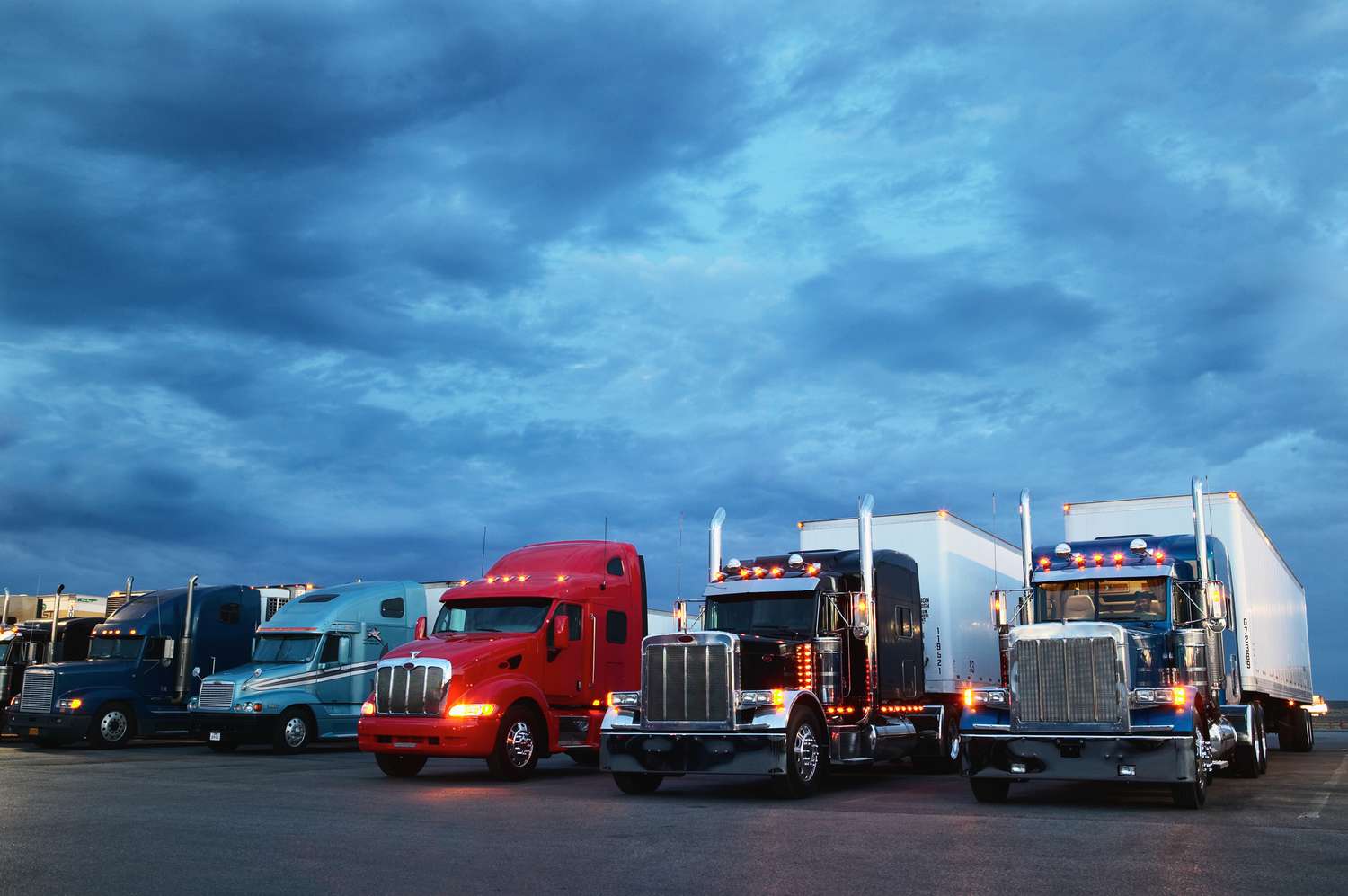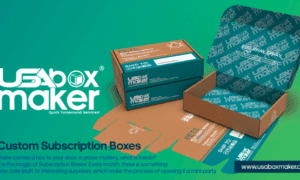Expanding a trucking company from a single driver to a full-fledged team is an exciting leap forward that opens up new opportunities for growth, efficiency, and profitability. However, this transition is not without its challenges. As your fleet grows, so do the complexities of managing multiple drivers, vehicles, and routes. In this comprehensive guide, we’ll delve into the common issues that arise when expanding a trucking company and provide detailed insights on how to overcome these challenges for a seamless and successful transition.
1. Finding and Onboarding Reliable Drivers
The Challenge: Identifying skilled and reliable drivers who align with your company’s values and safety standards can be a daunting task. Inadequate driver vetting can lead to increased turnover, maintenance costs, and potential liability issues. Additionally, having a diverse team of drivers can also introduce cultural and communication challenges.
Overcoming the Challenge:
- Implement a rigorous driver recruitment process that includes background checks, driving history reviews, and skill assessments.
- Leverage online job boards, industry associations, and networking events to connect with potential drivers.
- Offer competitive compensation packages and benefits to attract experienced drivers and foster loyalty within your team.
- Develop a comprehensive driver training program that covers not only driving skills but also company policies, safety protocols, and operational procedures.
- Foster an inclusive and respectful work environment that encourages collaboration and open communication among drivers from various backgrounds.
2. Fleet Management and Maintenance
The Challenge: As your fleet expands, maintaining vehicles and ensuring they operate at peak efficiency becomes more complex. Inconsistent maintenance can result in costly breakdowns, delays, and a negative impact on customer satisfaction.
Overcoming the Challenge:
- Adopt a comprehensive trucking management software solution that allows you to track vehicle maintenance schedules, performance metrics, and fuel consumption.
- Establish a regular maintenance routine and create a detailed checklist for pre-trip and post-trip inspections to catch potential issues early.
- Invest in regular training for your maintenance staff to ensure they are up to date with the latest repair techniques and technologies.
- Cultivate a culture of responsibility among drivers by encouraging them to report any potential maintenance concerns promptly.
- Consider predictive maintenance solutions that utilize data analytics to anticipate maintenance needs and minimize downtime.
3. Communication and Coordination
The Challenge: Effective communication and coordination become vital as you transition from a single driver to a team. Miscommunication can lead to route inefficiencies, missed delivery deadlines, and customer dissatisfaction.
Overcoming the Challenge:
- Invest in communication tools such as two-way radios, GPS tracking systems, and mobile apps to facilitate real-time updates and seamless collaboration.
- Implement regular check-ins and meetings to discuss routes, load assignments, and any operational changes.
- Foster a collaborative environment where drivers feel comfortable sharing insights and best practices to improve overall operations.
- Establish clear communication protocols for unexpected situations, such as changes in routes due to weather or traffic conditions.
4. Compliance and Regulations
The Challenge: Expanding a trucking team requires a deep understanding of the evolving regulatory landscape. Non-compliance with industry regulations can result in hefty fines and reputational damage.
Overcoming the Challenge:
- Stay up-to-date with local, state, and federal regulations governing the trucking industry. Assign a dedicated compliance officer or team to ensure all necessary permits, licenses, and documentation are in order.
- Provide ongoing training to drivers regarding hours of service regulations, safety protocols, and changes in the law.
- Leverage technology to streamline compliance processes, such as electronic logging devices (ELDs) that automatically track driver hours and ensure adherence to regulations.
- Conduct regular internal audits to identify any compliance gaps and take corrective actions promptly.
5. Performance Monitoring and Incentives
The Challenge: Maintaining consistent driver performance across a team can be challenging. Drivers may vary in their efficiency, adherence to safety protocols, and customer service skills.
Overcoming the Challenge:
- Implement performance metrics and key performance indicators (KPIs) to measure driver efficiency, on-time deliveries, and safety records.
- Recognize and reward outstanding performance through incentive programs, bonuses, or recognition ceremonies.
- Offer constructive feedback and regular performance evaluations to identify areas for improvement and provide growth opportunities.
- Provide ongoing training and professional development opportunities to enhance the skills and knowledge of your drivers.
Transitioning your trucking company from a one-driver operation to a thriving team is undoubtedly a significant step forward that requires careful planning, dedication, and a willingness to adapt. By addressing these common challenges with strategic solutions and a proactive approach, you can pave the way for a successful and sustainable expansion. Remember, clear communication, proper planning, and a commitment to quality will be your allies as you navigate the roadblocks toward a brighter future for your growing trucking business. With the right strategies in place, your expanded team can hit the road with confidence and drive your company to new heights of success.



































